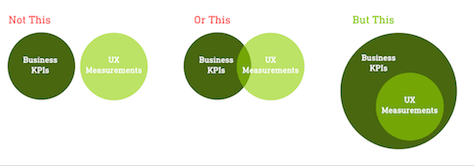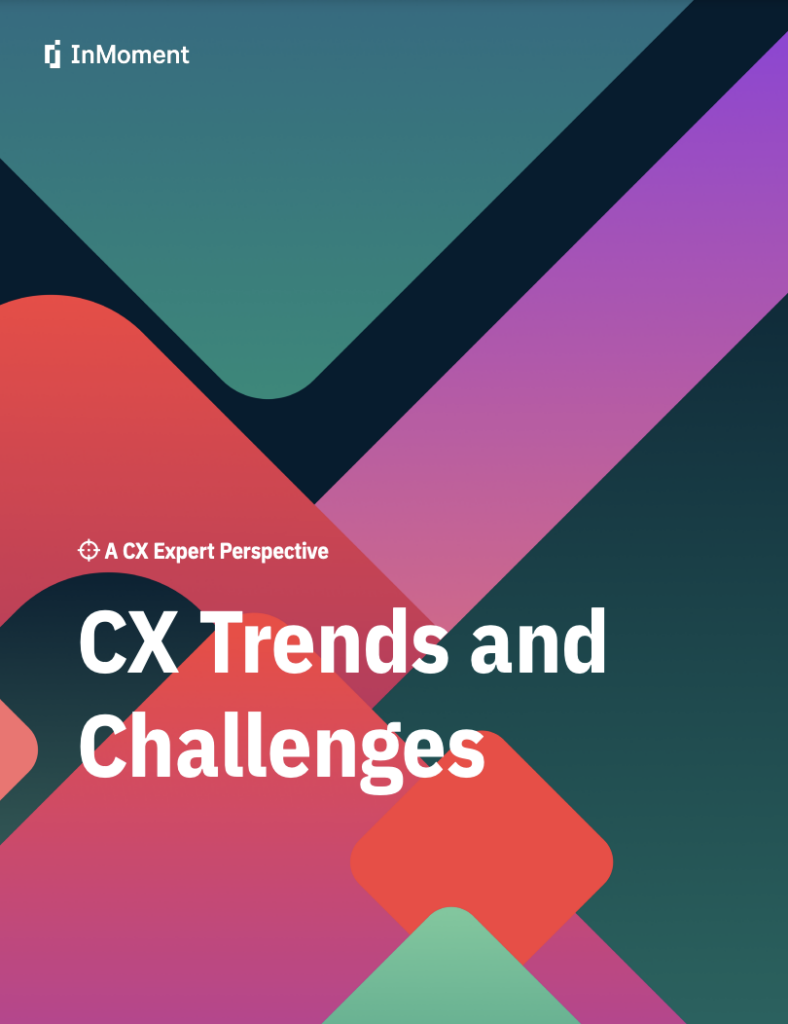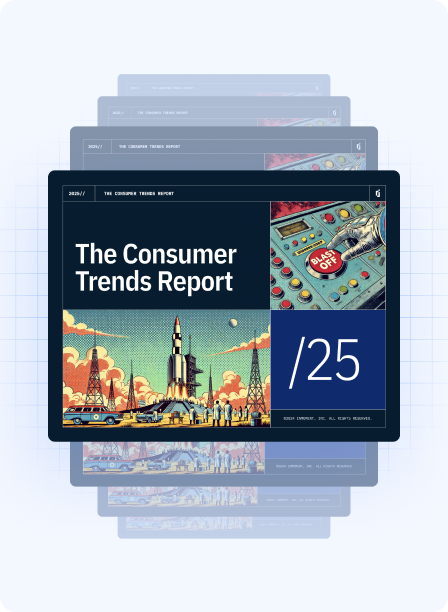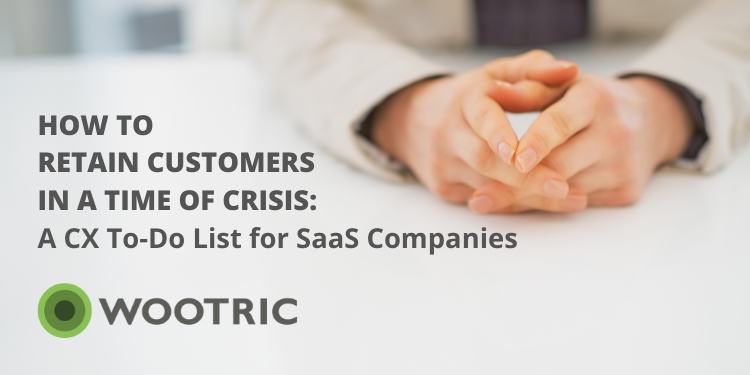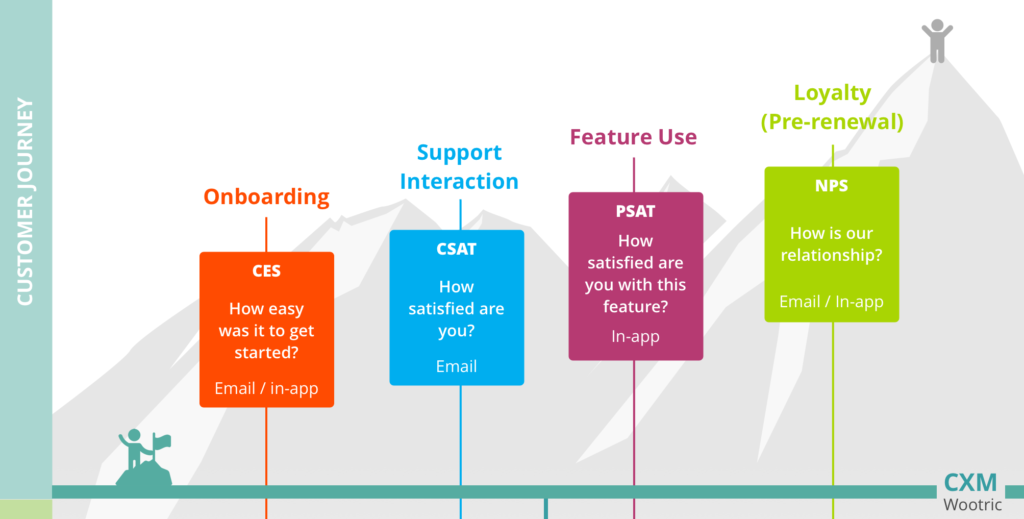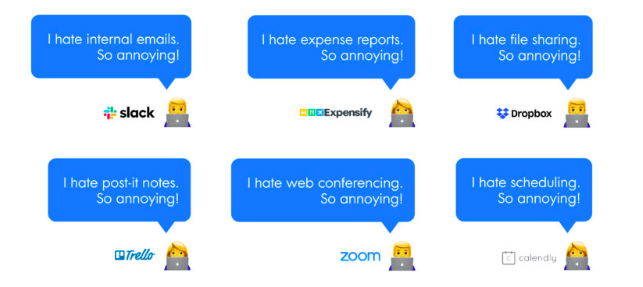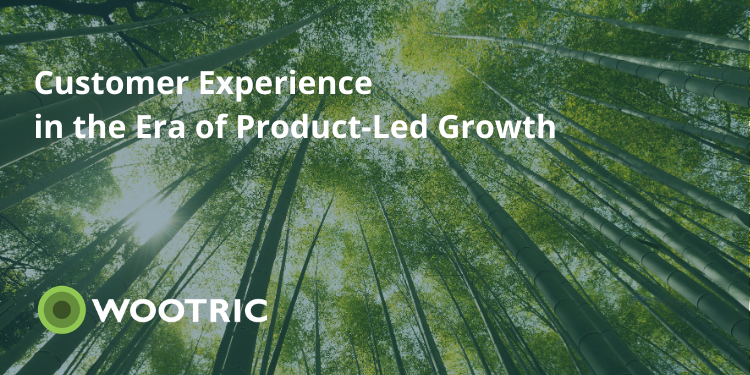
Executives and end-users look for different things when choosing software products. An executive, for example, might be more interested in ROI and scalability, while the end-user often cares more about just getting their work done, quickly and easily.
There was a time when executives were the gatekeepers who decided which B2B software products their companies purchased while the end-user experience took a back seat—but that era has ended. Today, you’ve got to win over your end-users to gain a foothold in an organization and give your product a fighting chance.
What does this look like? Picture Sophie, an Accounting Manager who uses the free version of Zoom to chat with her brother in Spain. She prefers Zoom over Skype, so she recommends it at work. The department tries it out, likes it, and begins using the paid version. Eventually, other departments try Zoom and it gains company-wide adoption. Cut to Zoom’s IPO in 2019, and global adoption in the wake of the pandemic.
What is Product-Led Growth?
A Product-Led Growth (PLG) model focuses on the end user’s needs when developing products, crafting education and support strategies, and shaping user experience.
“Growth in a PLG business comes from consistently fine-tuning the product experience to optimize the rate at which new users activate, convert, and expand in the product. Ideally, these improvements start to compound over time, allowing PLG businesses to accelerate growth as they scale (unlike traditional SaaS businesses). Customer feedback is critical to prioritizing the areas that will make the biggest difference to your customers.”
— Kyle Poyar, Market Strategist, OpenView
Where end users rule, customer experience is everything
Welcome to the end-user era, a time when users (rather than CIOs or other executives) introduce SaaS products to organizations and drive product adoption. If you want to succeed as a SaaS company in the end-user era, you need to find ways to eliminate end-user pain points and create a seamless experience.
Word of mouth drives new customer acquisition. Then viral adoption within a company increases customer lifetime value. This is a powerful combination. In recent years, PLG is how many of the most successful SaaS companies have rocketed to IPO. Think Zoom, Slack, Hubspot, and Atlassian.
If you’re at a company that takes a traditional approach to CX—tinkering around the edges, nudging the product team to “improve customer experience”—get ready for a big change. Once your C-Suite or VP of Product embraces Product-Led Growth, the spotlight will be on customer feedback in all forms. CX metrics will drive cross-functional alignment and priorities.
The relationship between CX and Product-Led Growth
Despite the name, Product-Led Growth is not solely the domain of the Product team. Customer experience is an integral part of any PLG strategy. “If there is a challenge in implementing Product-Led Growth, it is actually achieving alignment across and within teams along with monitoring the multiple digital and physical touchpoints affecting customer experience,” says Despina Exadaktylou, Director of Programs, Product-Led Growth Hub, the world’s first PLG academy.
Product Teams are taking note and initiating collaboration.
“Customer Experience focuses on brand loyalty and customers’ likelihood to recommend. User Experience [within a Product team] focuses on the immediacy of user interaction with your product. But the lines between them have blurred as the role of the UX researcher and the tools in our toolkit have expanded beyond the narrow focus of the user’s engagement with the user interface, “ says Carol Barnum, Director of User Research and Founding Partner at UX Firm. She counsels product teams by saying, “If you are siloed within a UX group that isn’t engaging with CX stakeholders, seek opportunities to … collaborate with them. We all want the same thing—great user experiences and strong loyalty to brand.”
Kieran Flanagan, VP of Marketing and Growth at Hubspot, takes this one step further. “To excel and thrive in a product-led company, you must be great at cross-functional collaboration,” says Kieran “A lot of the benefits that [PLG] has brought to companies is distilling your funnel down to these very concise metrics and the ones that actually matter.”
The importance of end user feedback
In the Product-Led Growth era, a seamless end user journey is paramount–from acquisition to advocate. As a result, product teams are hungry for data about user experience inside and outside of the product. Product managers and UX teams need to understand anything that is slowing end users down, so they can figure out how product design can alleviate that friction.
CX professionals and front line teams are skilled at using established customer experience KPIs to monitor loyalty and gather feedback. They have valuable information about end user pain at critical touchpoints in the SaaS user journey, including:
-
- Onboarding experience
- Support experience
- Product or feature adoption
Creating Alignment
Product-Led Growth success demands shared accountability for metrics, so be ready to co-create a plan. Product teams benefit from the customer journey insight that CX teams (along with Success, Support, Sales and Marketing) bring to the collaboration. CX champions finally have the kind of cross-functional partnership that they’ve been seeking all along.
Learn how Wootric can help you measure and improve customer experience. Book a consultative CX demo today.
